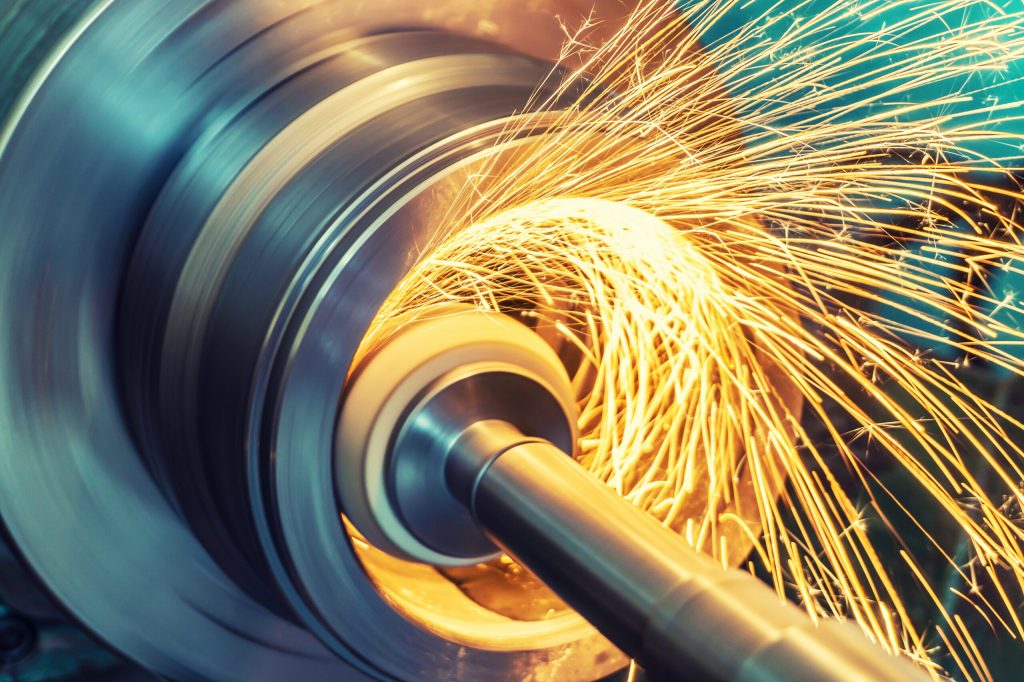Centrifugal casting might sound like a complex term, but it’s actually a fascinating process that plays a crucial role in modern manufacturing. From the creation of robust pipes to intricate aerospace components, centrifugal casting is a cornerstone of manufacturing innovations, product design, and engineering solutions. Let’s dive into this intriguing topic and explore how centrifugal casting is shaping our world.
What is Centrifugal Casting?
Centrifugal casting is a manufacturing process used to create cylindrical parts by pouring molten metal into a rotating mold. Imagine spinning a potter’s wheel, but instead of clay, you’re working with liquid metal. This process ensures the metal is evenly distributed, resulting in strong and uniform products.
The Centrifugal Casting Process
How does it work? The process starts with heating metal until it melts. This molten metal is then poured into a mold that spins at high speed. The centrifugal force pushes the metal against the mold walls, forming a dense, seamless product. As the metal cools and solidifies, it takes the shape of the mold, creating anything from simple pipes to complex machine parts.
Types of Centrifugal Casting
There are three main types of centrifugal casting:
- True Centrifugal Casting: Used primarily for hollow, cylindrical parts like pipes and tubes.
- Semi-Centrifugal Casting: Ideal for parts with more solid structures but still requires a symmetrical shape.
- Centrifuge Casting: This method involves smaller molds and is used for intricate parts where precision is key.
Advantages of Centrifugal Casting
Why choose centrifugal casting over other methods? Here are some key benefits:
- Strength and Durability: The process results in parts with superior structural integrity.
- Uniformity: The centrifugal force ensures even distribution of the metal.
- Efficiency: It produces less waste and requires less finishing work.
- Cost-Effectiveness: Reduced waste and labor lead to lower overall costs.
Applications in Manufacturing
Centrifugal casting finds applications across various industries. In the automotive sector, it’s used to make engine components and brake drums. Aerospace companies use it for jet engine parts. Even the oil and gas industry relies on centrifugal casting for durable pipes and fittings.
Impact on Product Design
How does centrifugal casting influence product design? The process allows for the creation of complex shapes that are both strong and lightweight. Designers can push the boundaries of what’s possible, creating innovative products that perform better and last longer.
Engineering Solutions and Innovations
Centrifugal casting is at the forefront of engineering solutions. It allows for the production of high-quality, reliable components that are essential for modern engineering projects. From bridges to spacecraft, the innovations in centrifugal casting contribute to safer and more efficient designs.
Material Choices in Centrifugal Casting
What materials can be used? A wide range of metals can be used in centrifugal casting, including:
- Steel: Known for its strength and versatility.
- Iron: Ideal for heavy-duty applications.
- Aluminum: Lightweight and corrosion-resistant.
- Copper and Alloys: Excellent for electrical and thermal conductivity.
Quality Control and Inspection
Ensuring the quality of cast products is crucial. Centrifugal casting includes rigorous quality control measures such as:
- Visual Inspection: Checking for surface defects.
- Ultrasonic Testing: Detecting internal flaws.
- X-ray Inspection: Ensuring structural integrity.
- Dimensional Analysis: Verifying precise measurements.
Environmental Considerations
In an era where environmental impact is a major concern, centrifugal casting stands out as a relatively eco-friendly process. It generates less waste and can utilize recycled materials, aligning with sustainable manufacturing practices.
Future Trends in Centrifugal Casting
What’s on the horizon for centrifugal casting? Advances in technology are paving the way for even more precise and efficient casting methods. Automation and AI are set to revolutionize quality control, while new materials will expand the range of applications.
Conclusion
Centrifugal casting is more than just a manufacturing process; it’s a key player in the world of manufacturing innovations, product design, and engineering solutions. Its ability to produce strong, uniform, and cost-effective components makes it indispensable in various industries. As technology evolves, we can only expect centrifugal casting to become even more integral to our everyday lives.
FAQs
- What is the main advantage of centrifugal casting?
The main advantage is the production of high-strength, uniform products with minimal waste.
- Can centrifugal casting be used for complex shapes?
Yes, it can produce complex shapes, especially with the use of precision molds.
- What industries benefit most from centrifugal casting?
Industries like automotive, aerospace, and oil and gas benefit greatly from this process.
- How does centrifugal casting impact environmental sustainability?
It generates less waste and can use recycled materials, making it a more eco-friendly option.
- What future advancements can we expect in centrifugal casting?
Advancements in automation and AI will enhance quality control and expand material usage.



